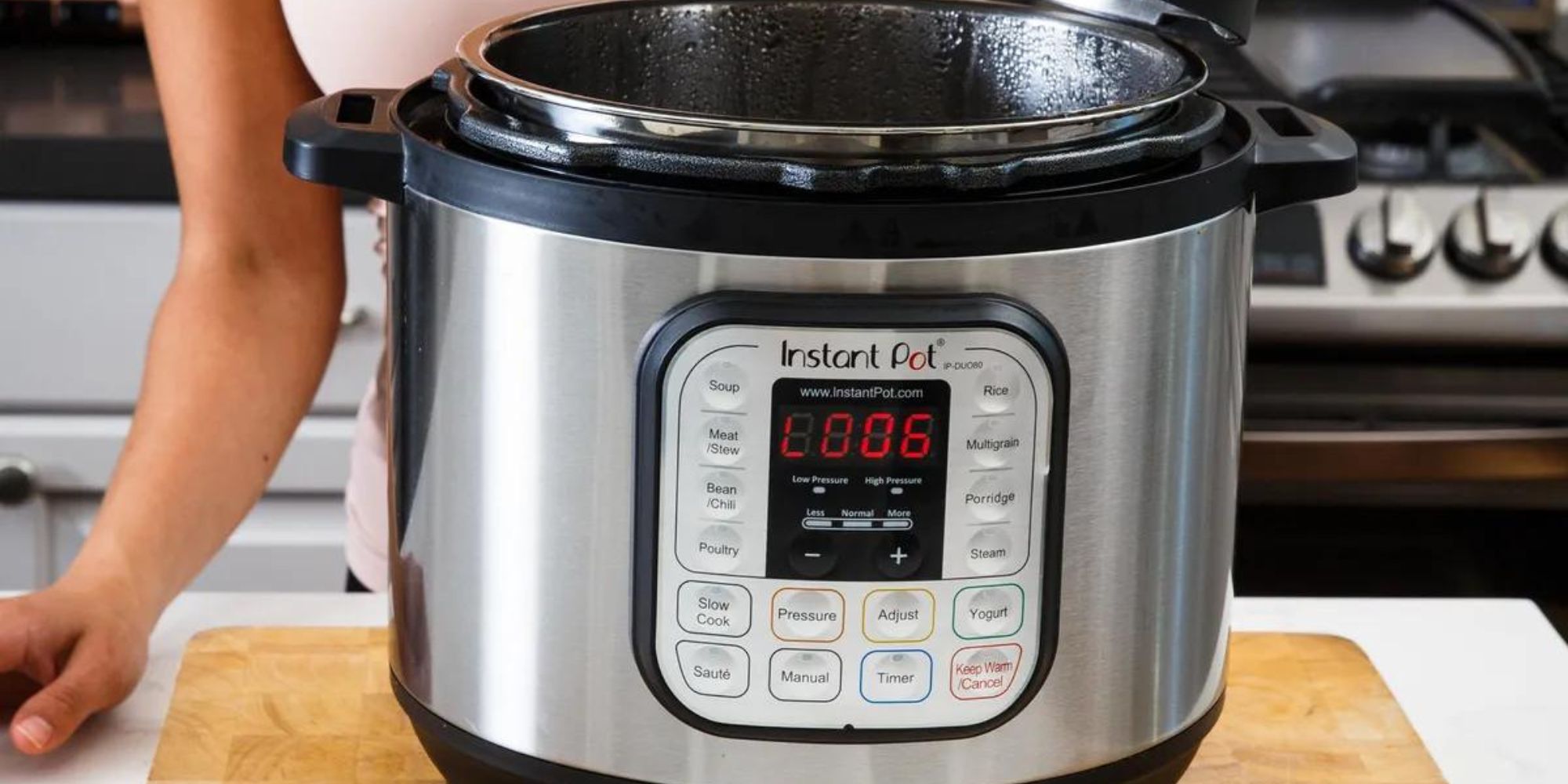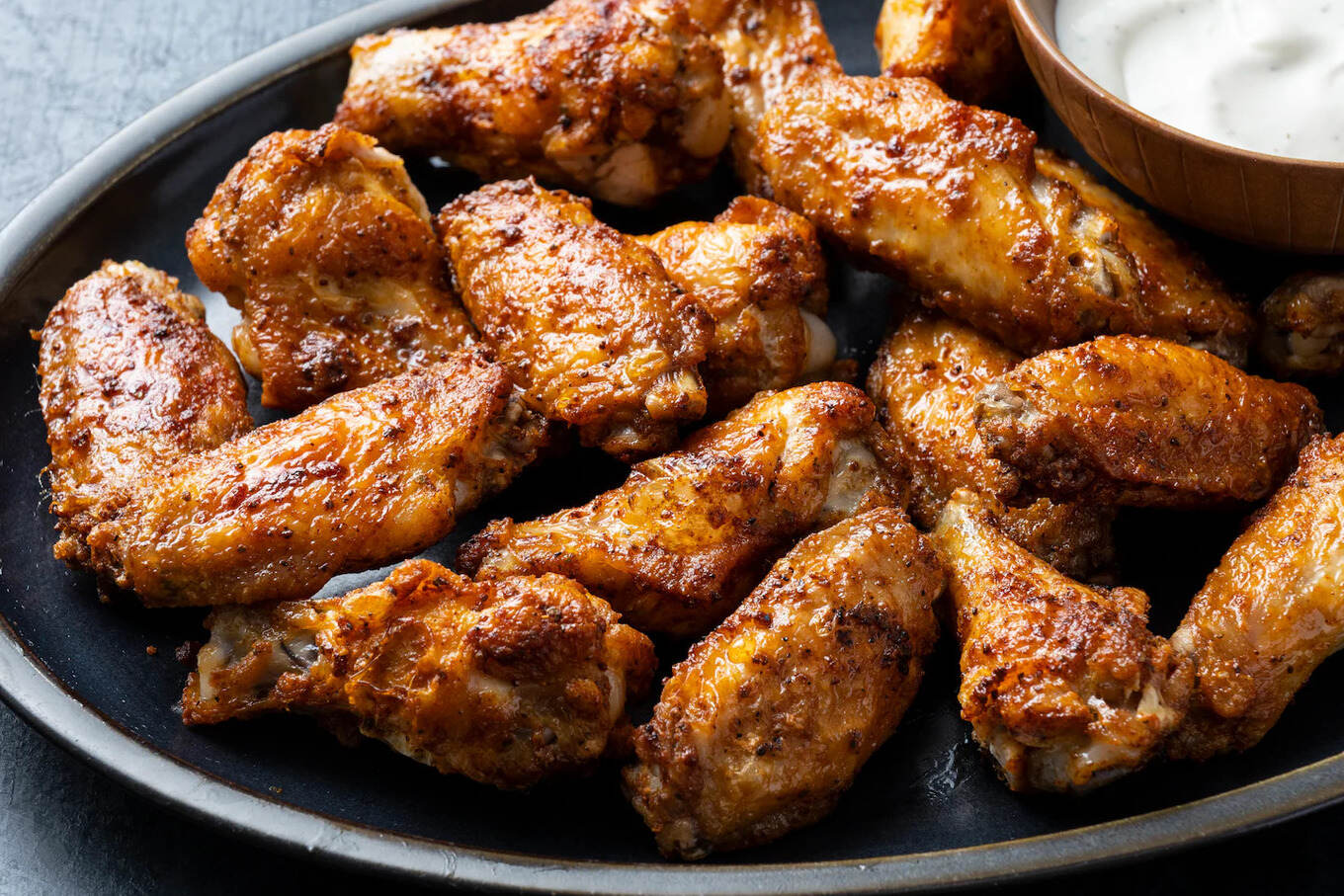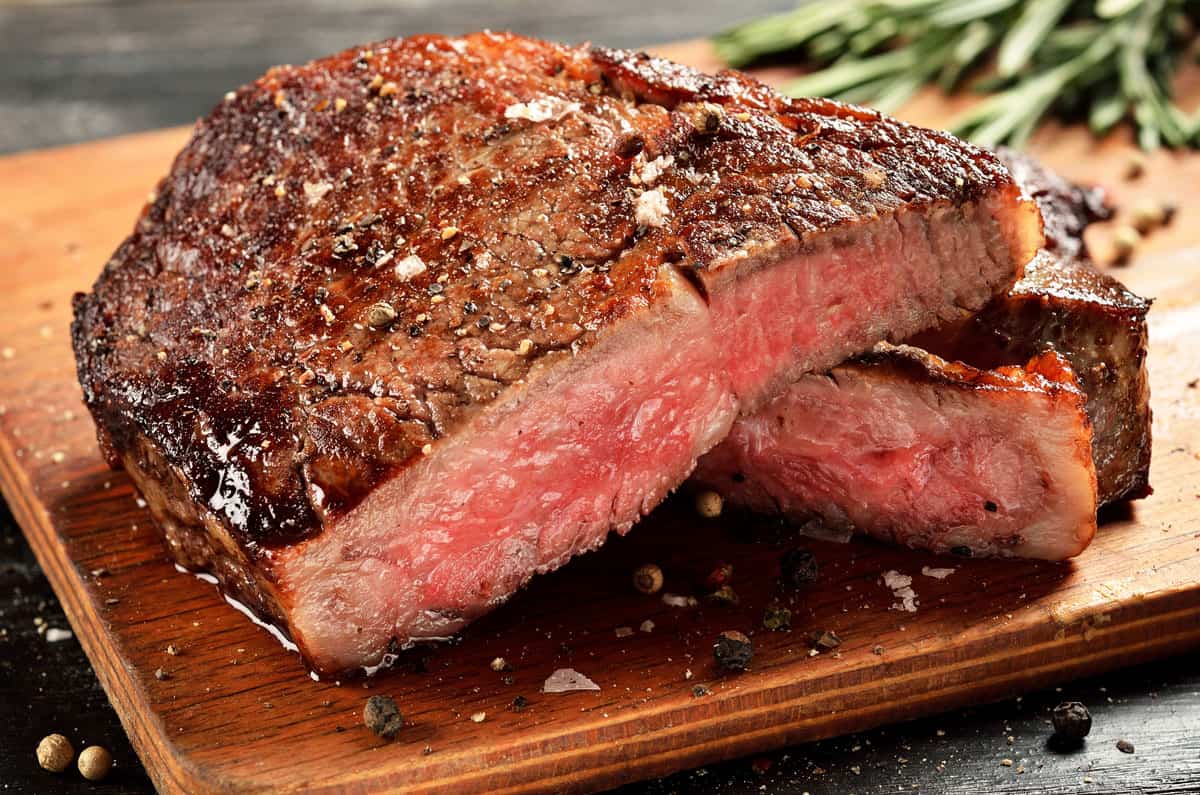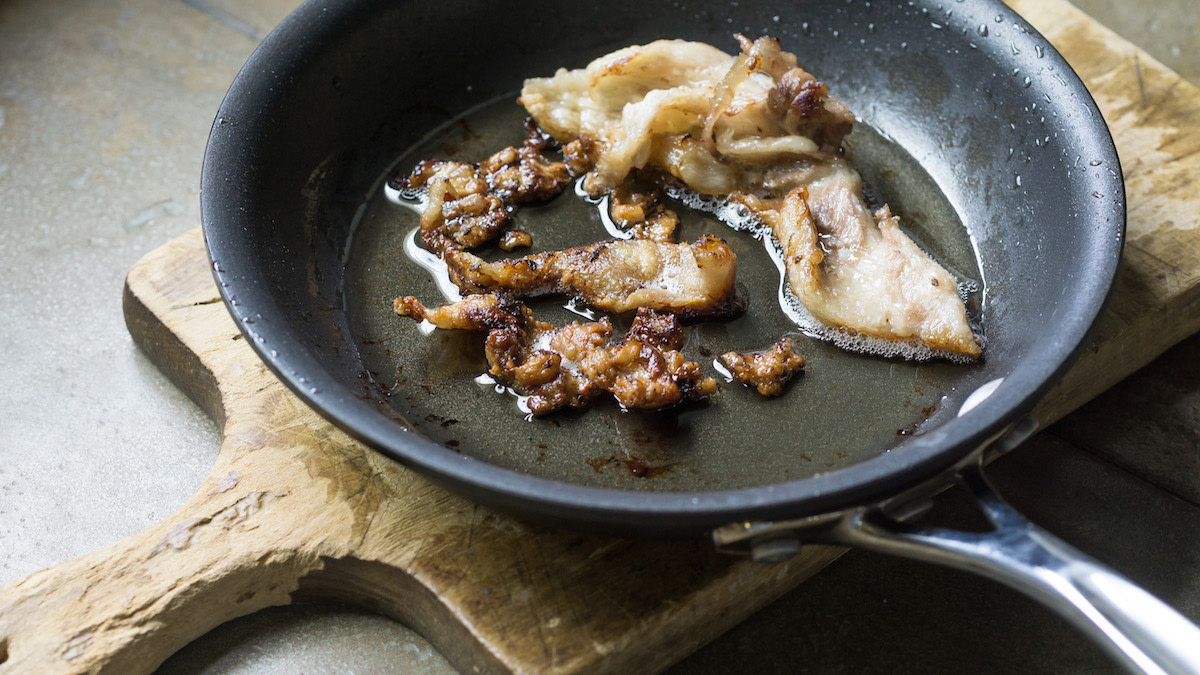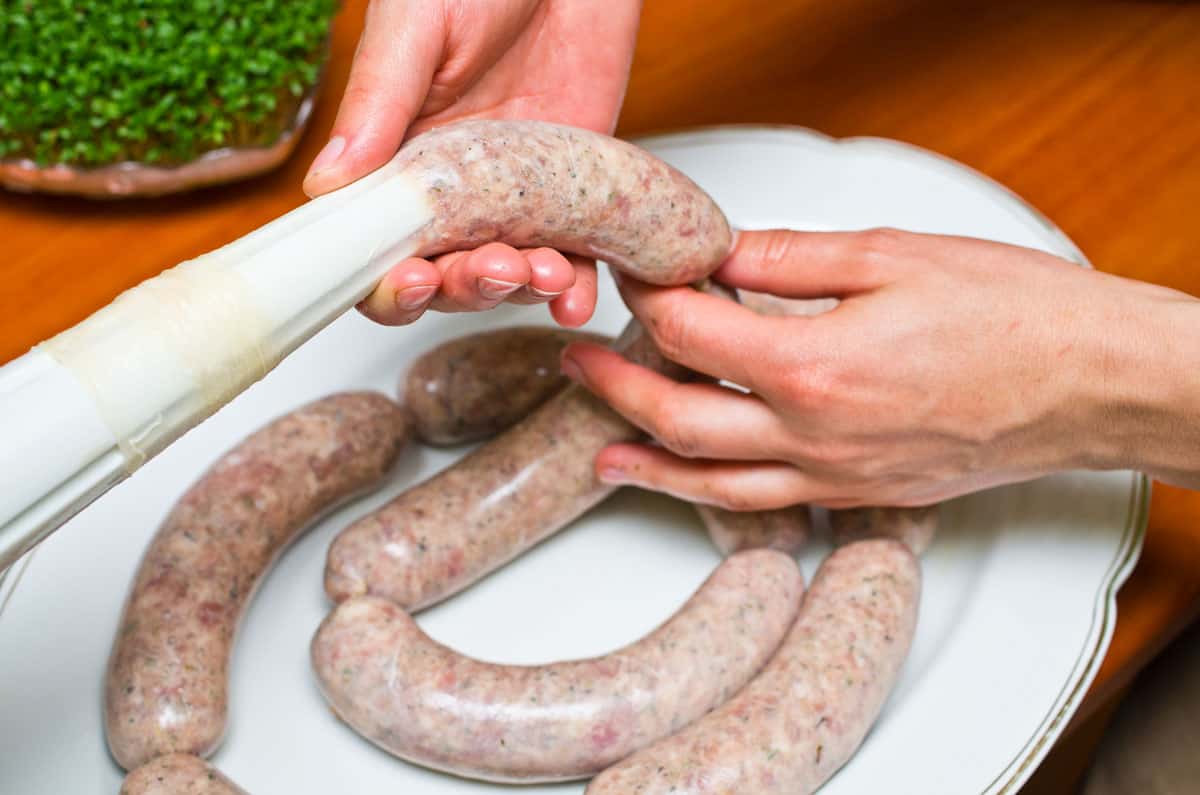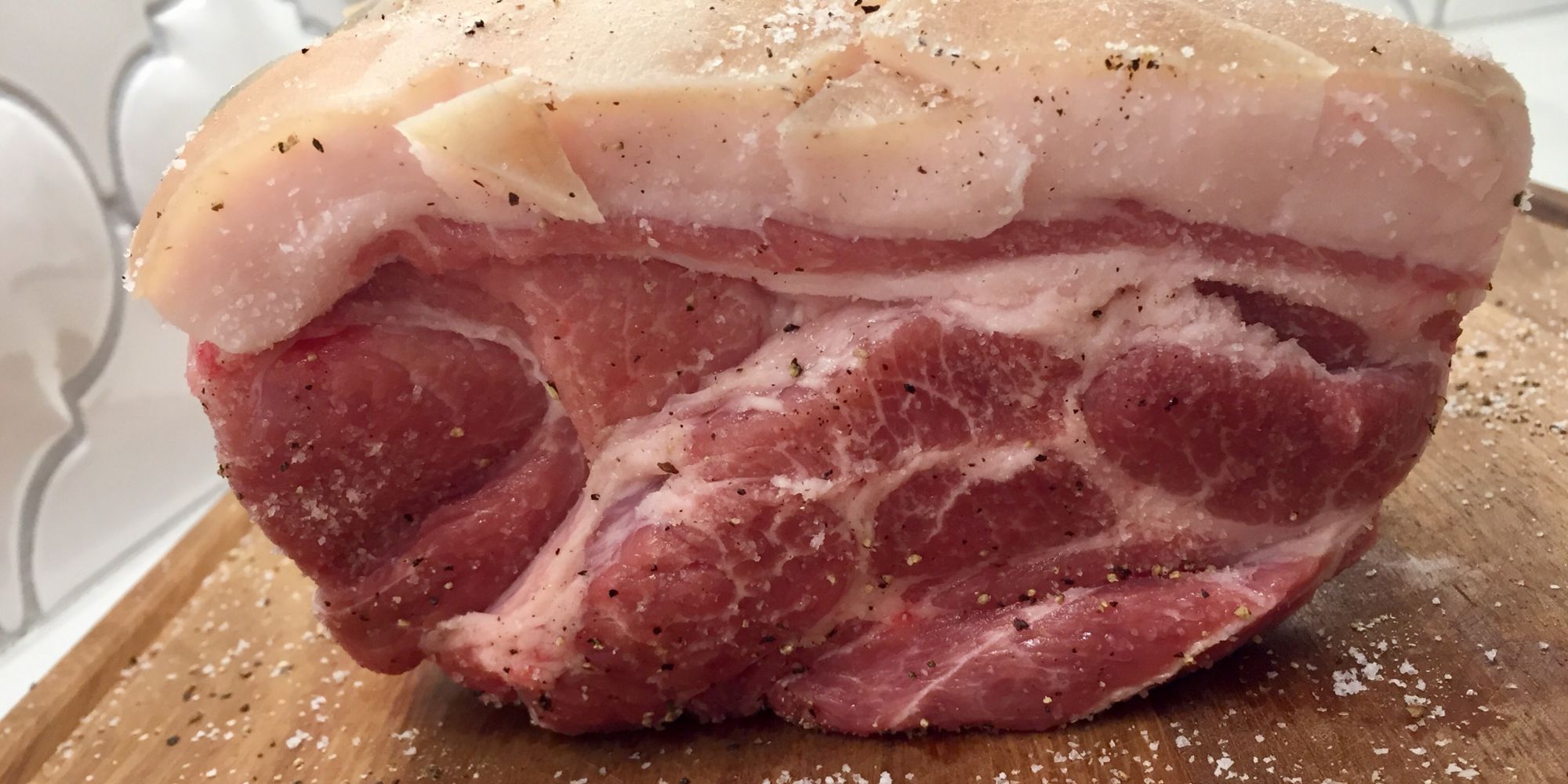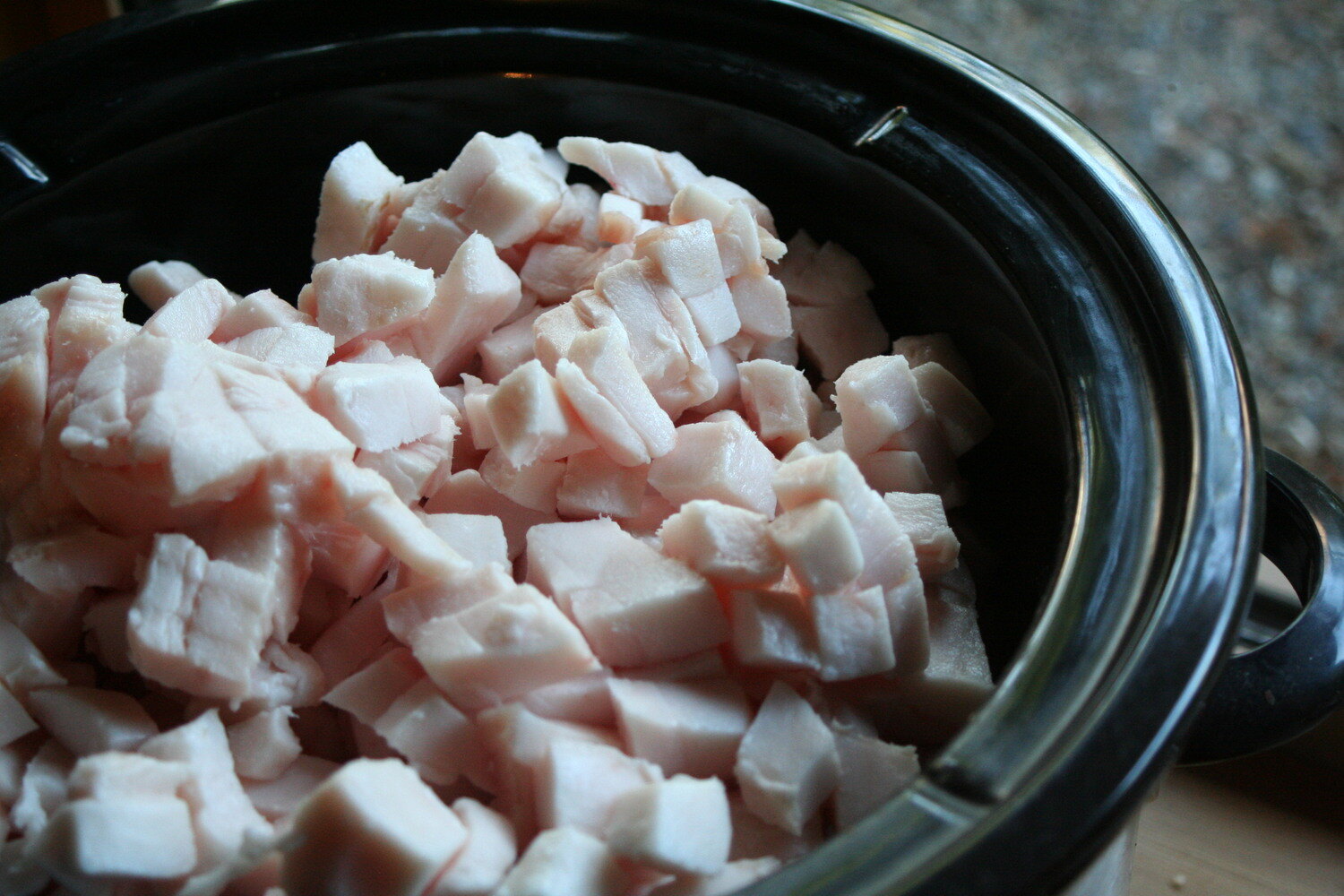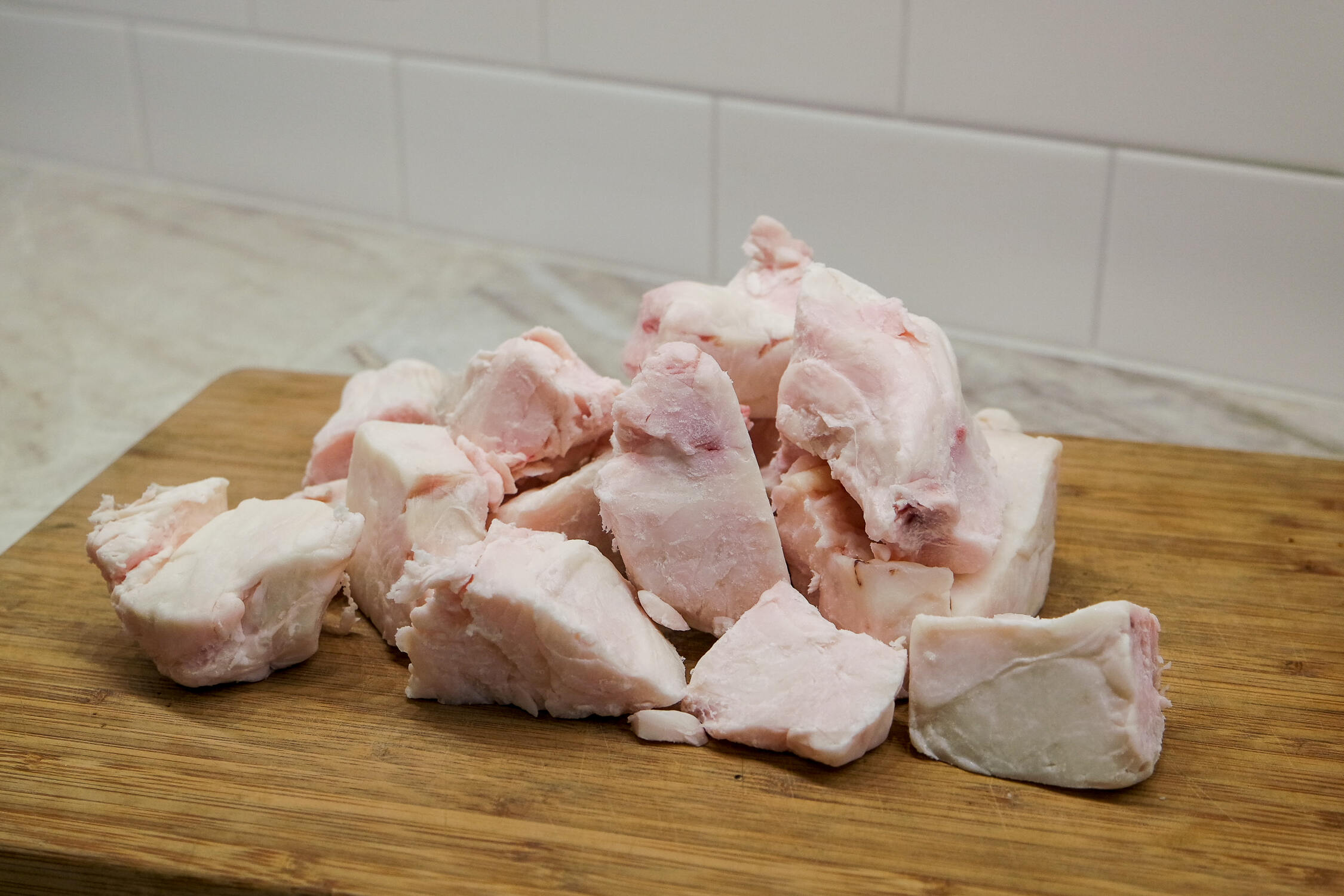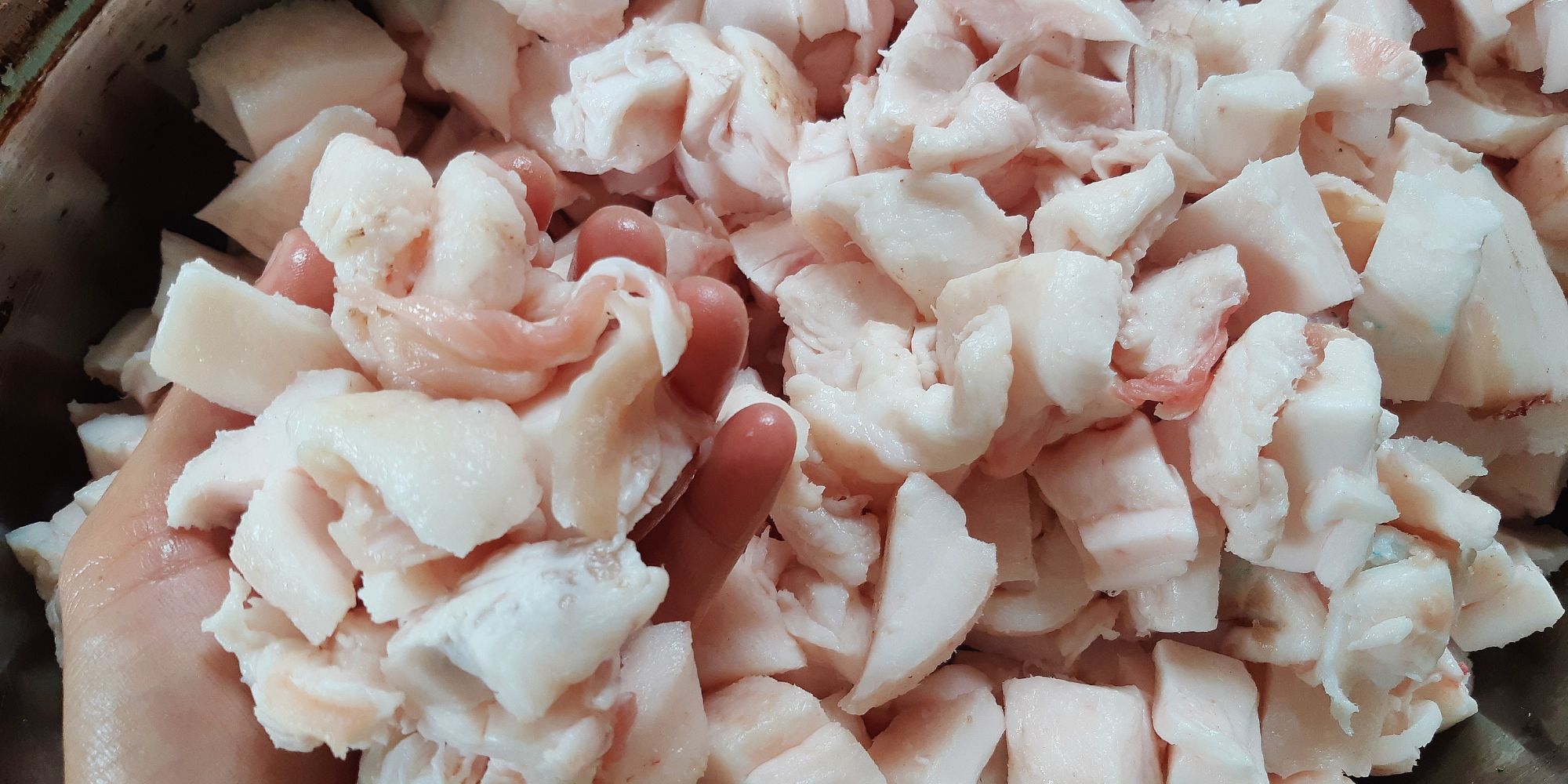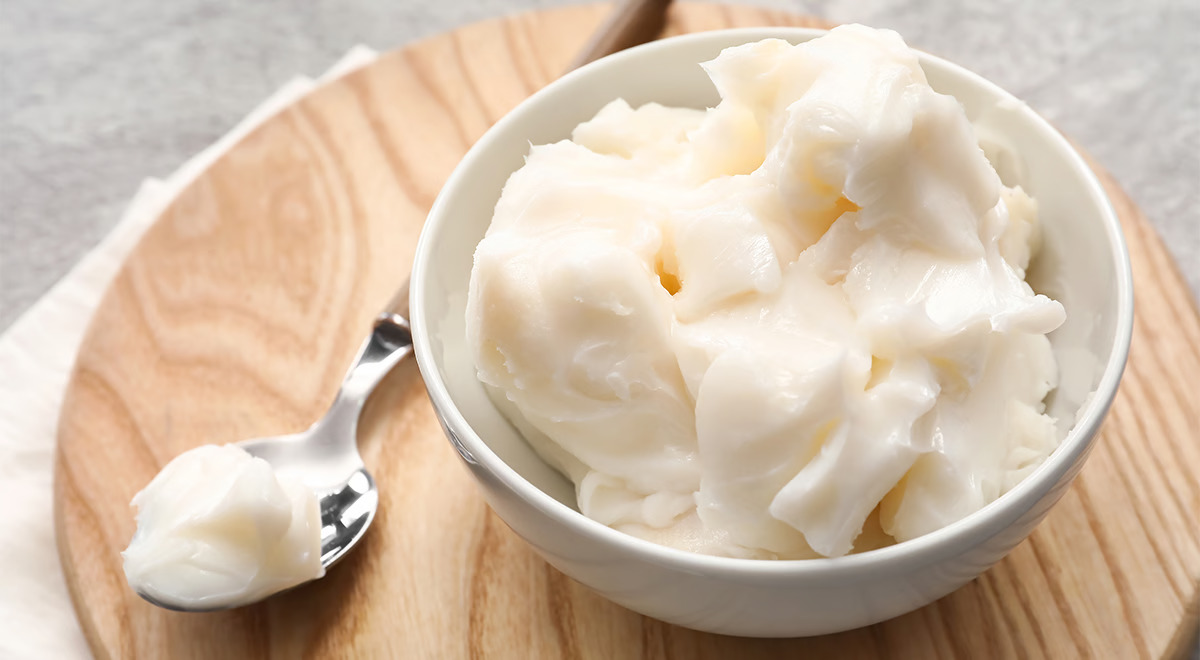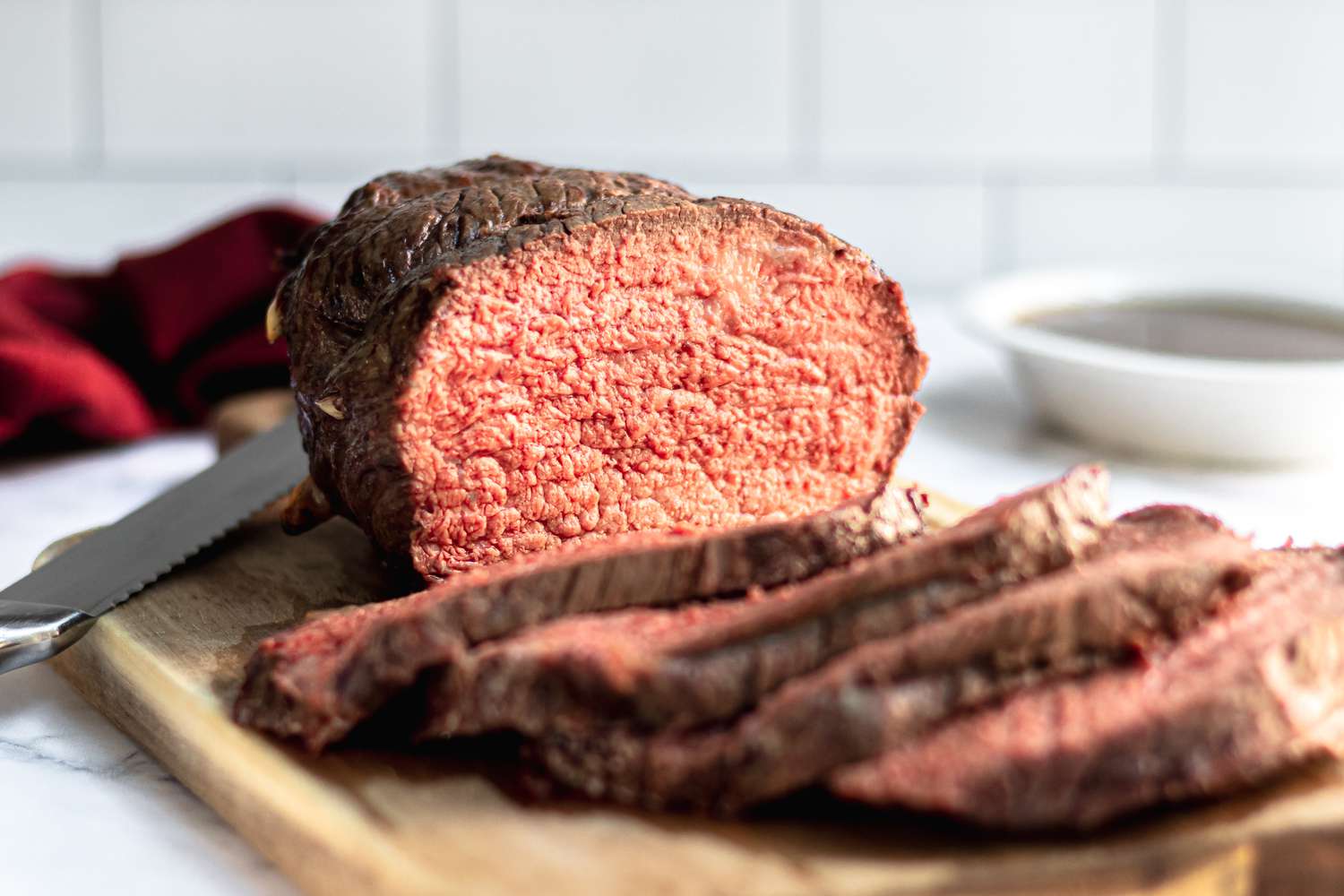Rendering Fat for Suet Cakes: A Step-by-Step Guide
Are you looking to attract a variety of birds to your backyard? Suet cakes are a popular choice for bird feeding, and rendering your own fat for suet cakes can be a rewarding and cost-effective way to provide nourishment for our feathered friends. In this guide, we’ll walk you through the process of rendering fat for suet cakes so you can create your own bird-friendly treats.
What You’ll Need
Before you get started, gather the following supplies:
- Raw animal fat (beef, pork, or lamb)
- Sharp knife
- Cutting board
- Large pot
- Strainer or cheesecloth
- Storage containers
Step 1: Prepare the Fat
Start by trimming any excess meat or blood from the raw animal fat. Cut the fat into small, uniform pieces using a sharp knife and cutting board. This will help the fat melt more evenly during the rendering process.
Step 2: Melt the Fat
Place the prepared fat pieces into a large pot and set the heat to low. As the fat begins to melt, stir it occasionally to prevent sticking or burning. Be cautious as the fat will become very hot during this process.
Step 3: Strain the Rendered Fat
Once the fat has completely melted and turned into a liquid, remove the pot from the heat. Allow the liquid fat to cool slightly before carefully straining it through a fine mesh strainer or cheesecloth. This will help remove any impurities or leftover solid pieces from the rendered fat.
Step 4: Store the Rendered Fat
Pour the strained, liquid fat into storage containers and allow it to cool and solidify at room temperature. Once solidified, the rendered fat can be cut into smaller blocks or used as needed for making suet cakes.
Using Rendered Fat for Suet Cakes
Now that you have your rendered fat, you can use it as the base for creating homemade suet cakes. Simply mix the rendered fat with birdseed, nuts, and other bird-friendly ingredients, then pour the mixture into molds or containers to set. Once the suet cakes have solidified, they can be hung outside for birds to enjoy.
Final Thoughts
Rendering fat for suet cakes is a simple process that can provide endless enjoyment for both you and the birds in your area. By following these steps and using your homemade suet cakes, you’ll be able to observe a variety of bird species visiting your backyard. So, roll up your sleeves and get ready to delight your feathered friends with your own homemade suet cakes!
Remember, always handle hot fat with caution and dispose of any leftover fat and solid waste responsibly. Happy birdwatching!
Was this page helpful?
Read Next: How To Render Fat From Chicken Wings
defencebyte
Defencebyte is renowned for offering a comprehensive range of products providing protection with performance to its users.

